הנס הופמן(1880-1966)
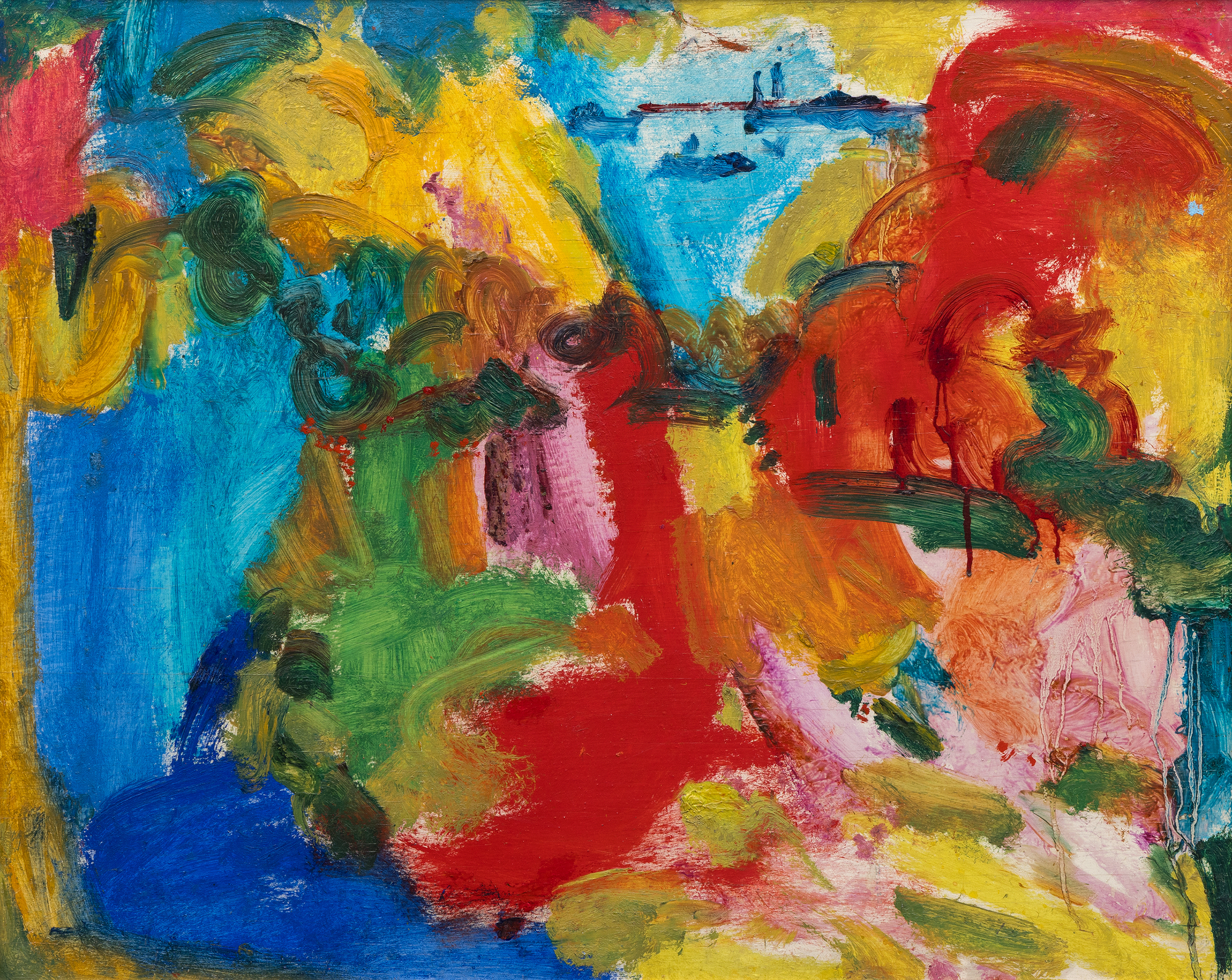
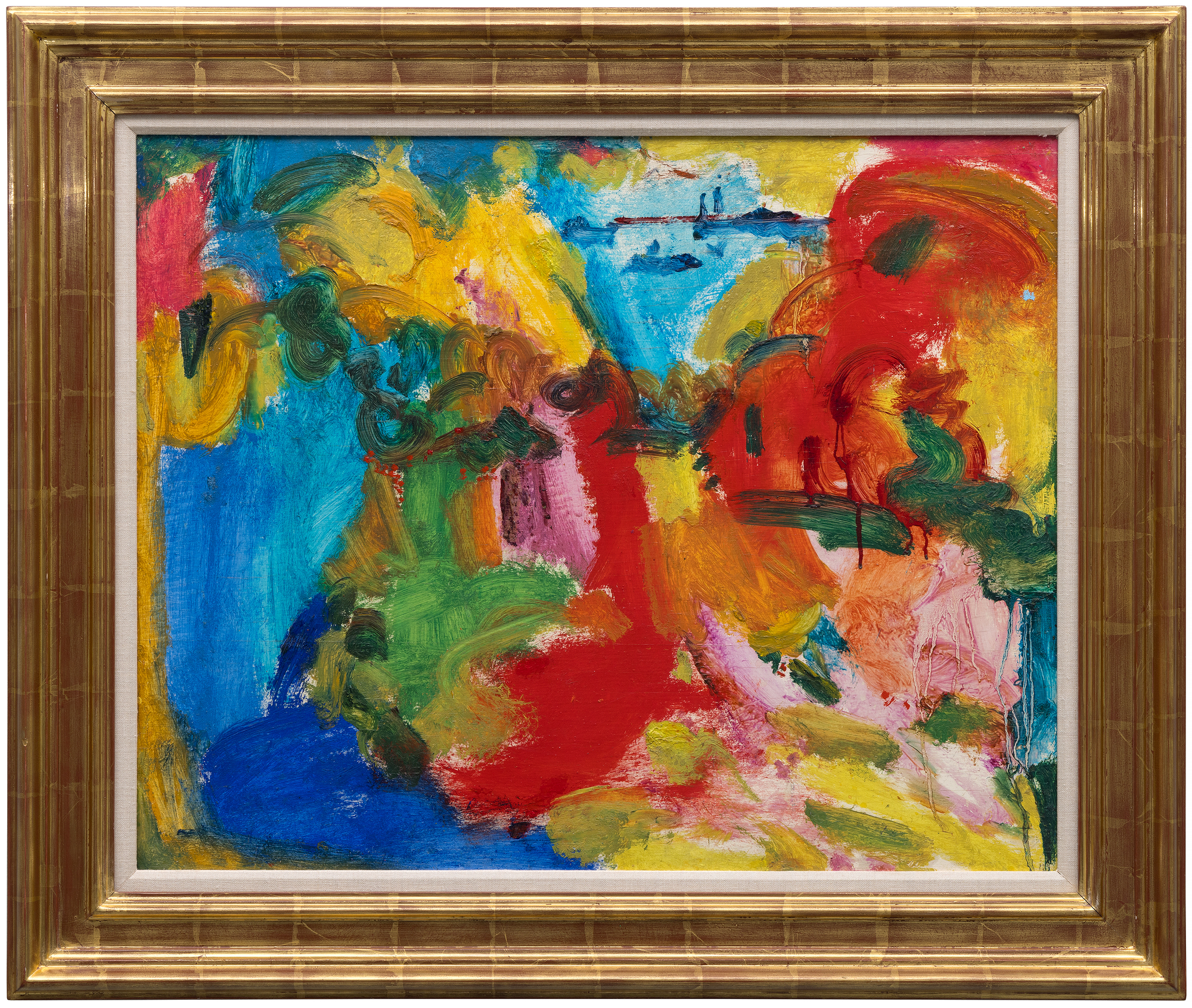
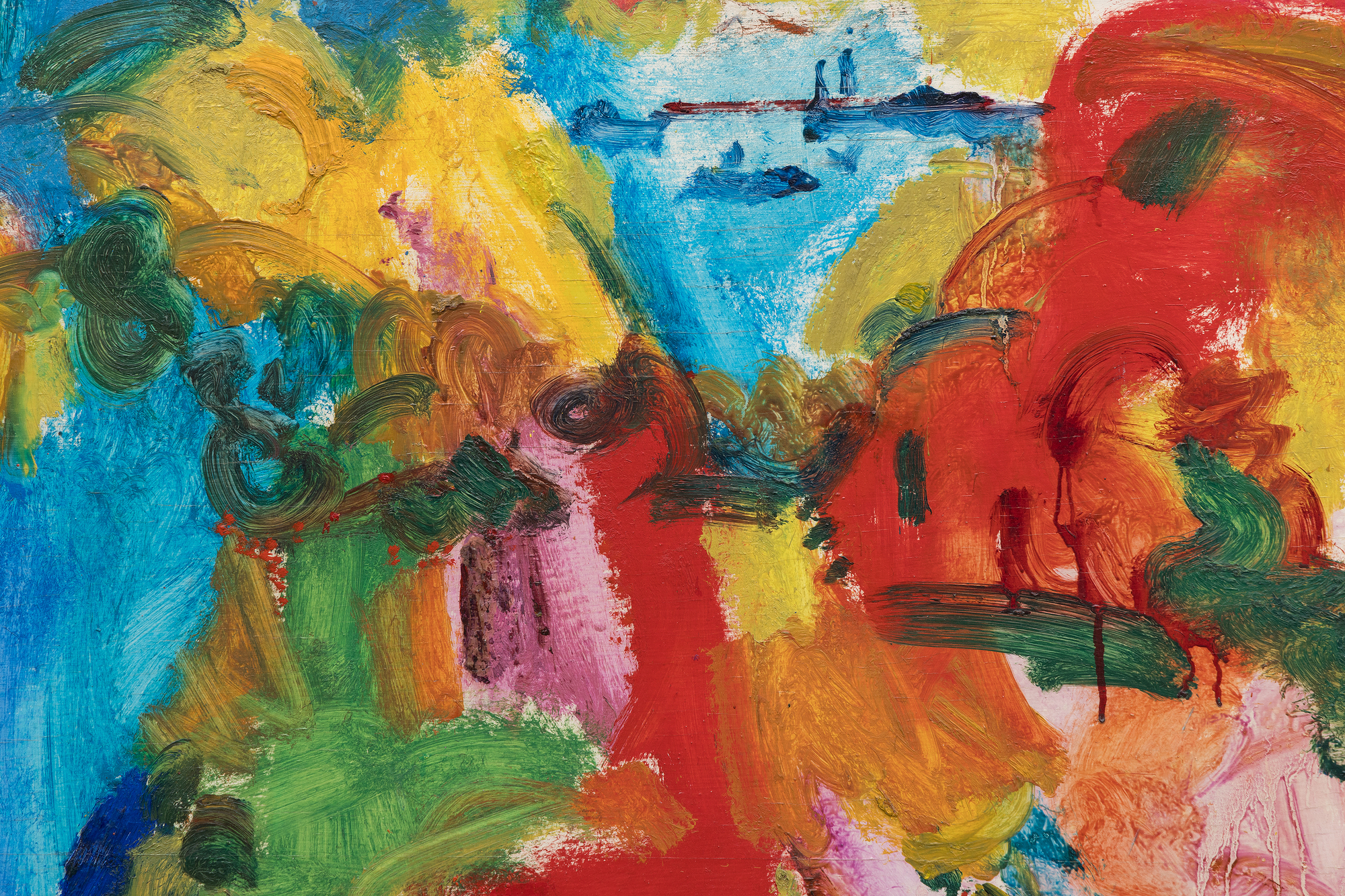
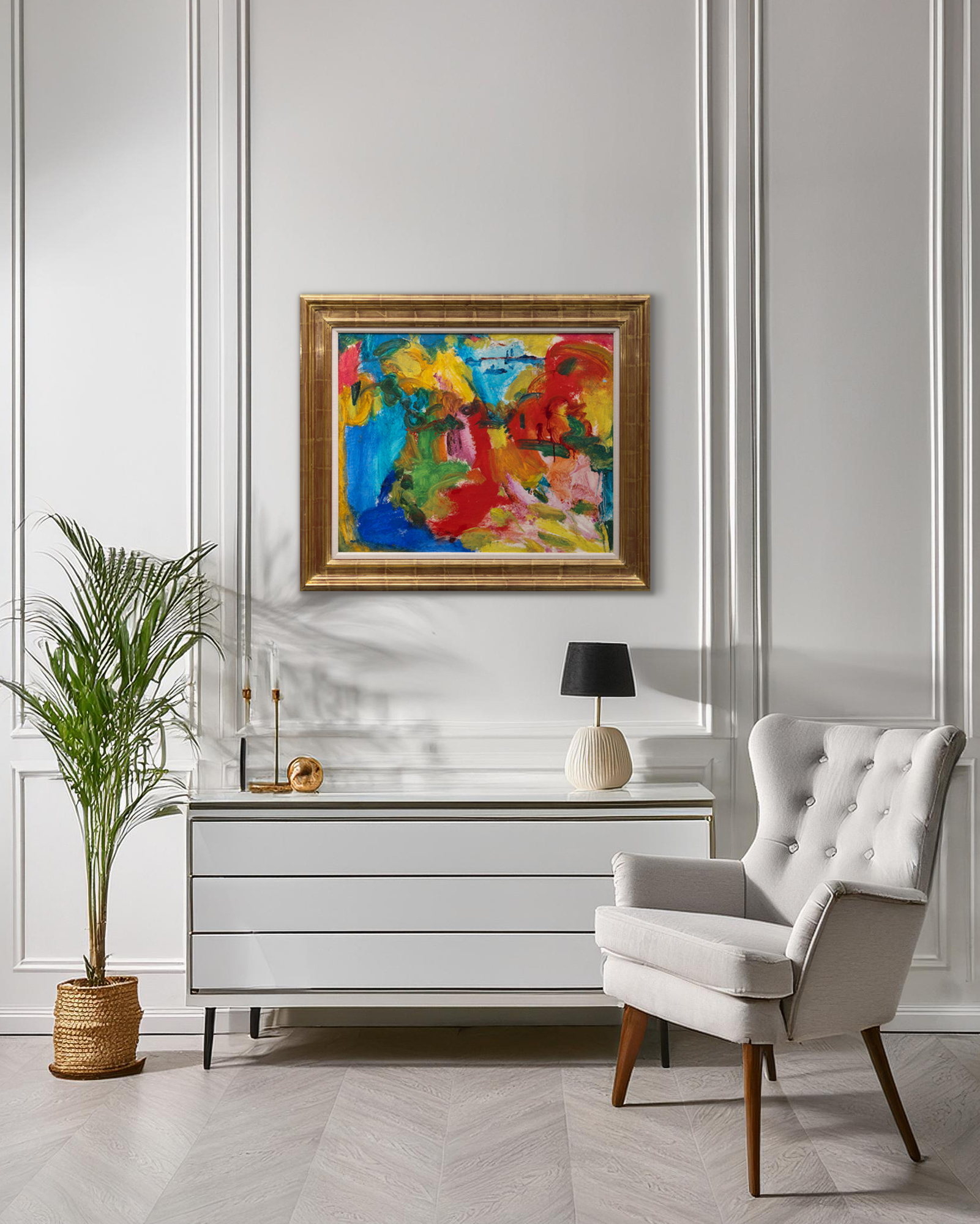
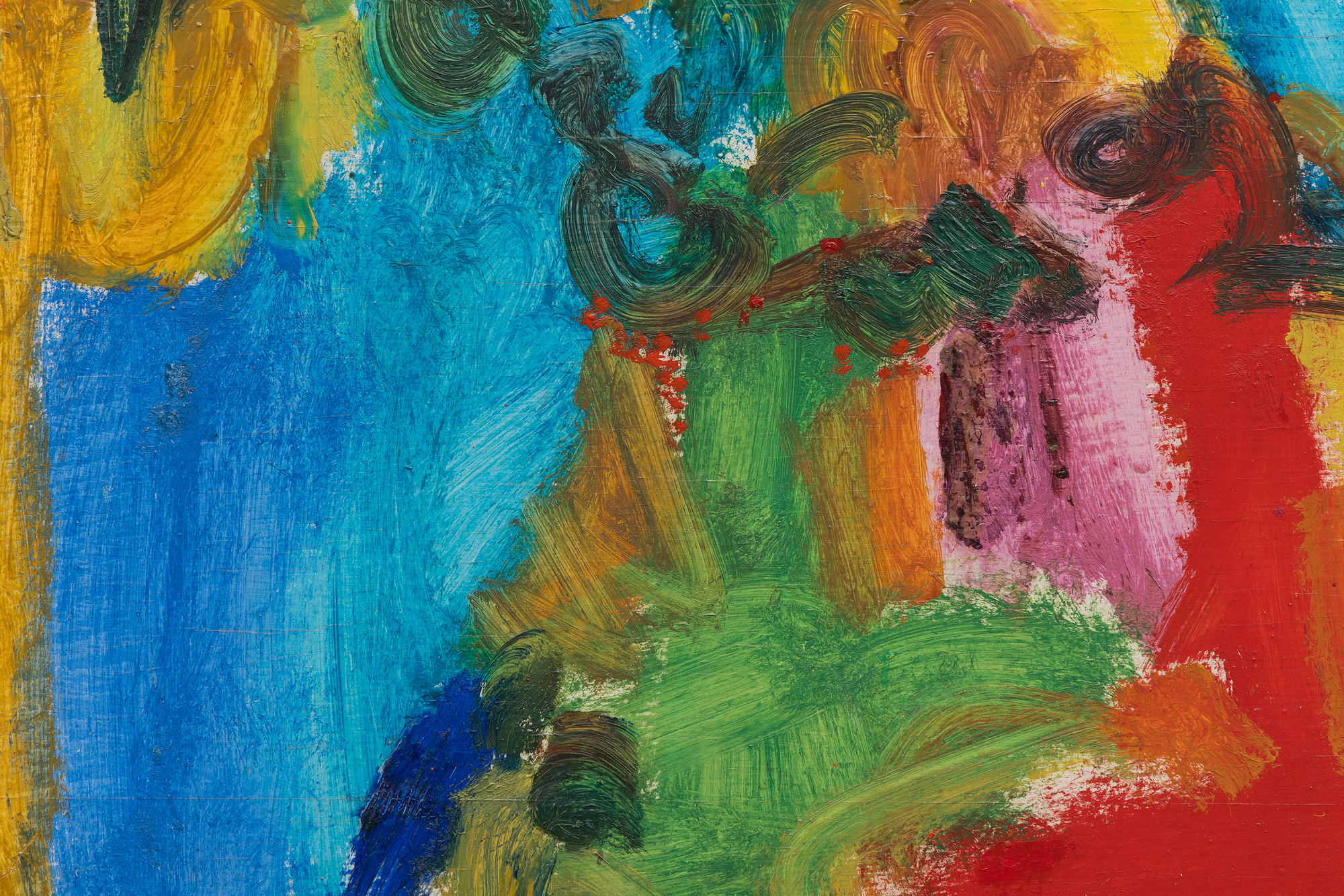
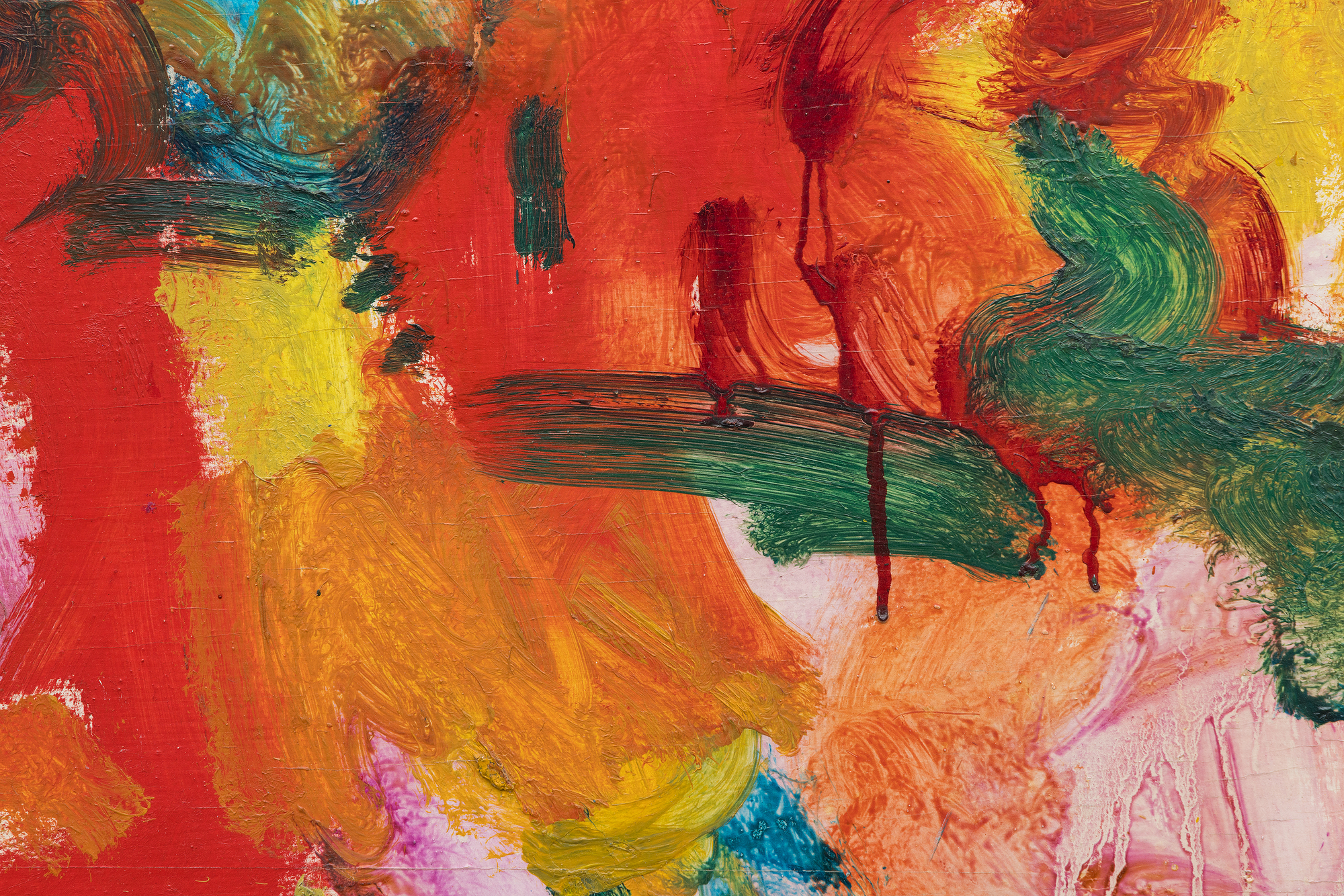
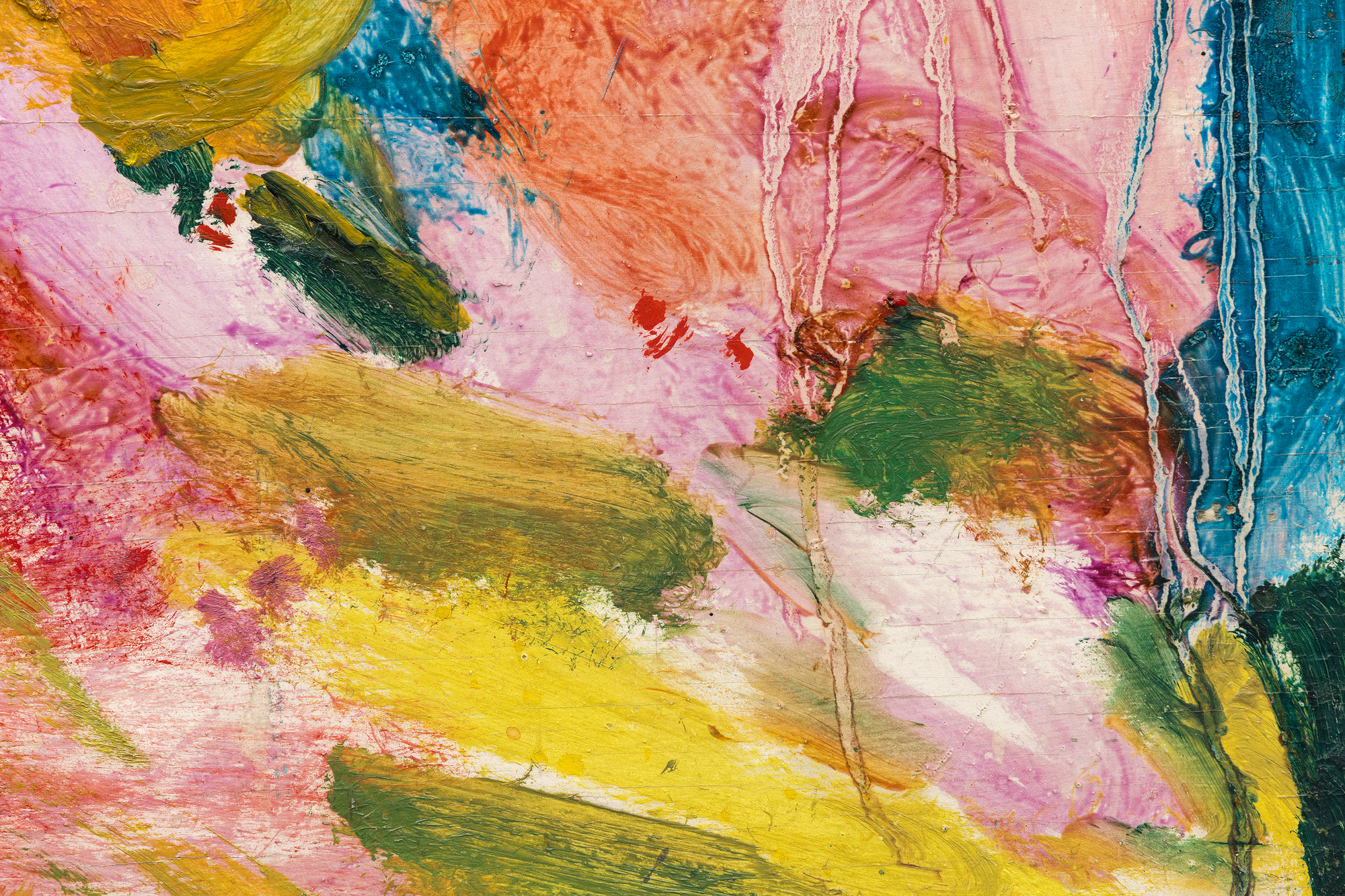
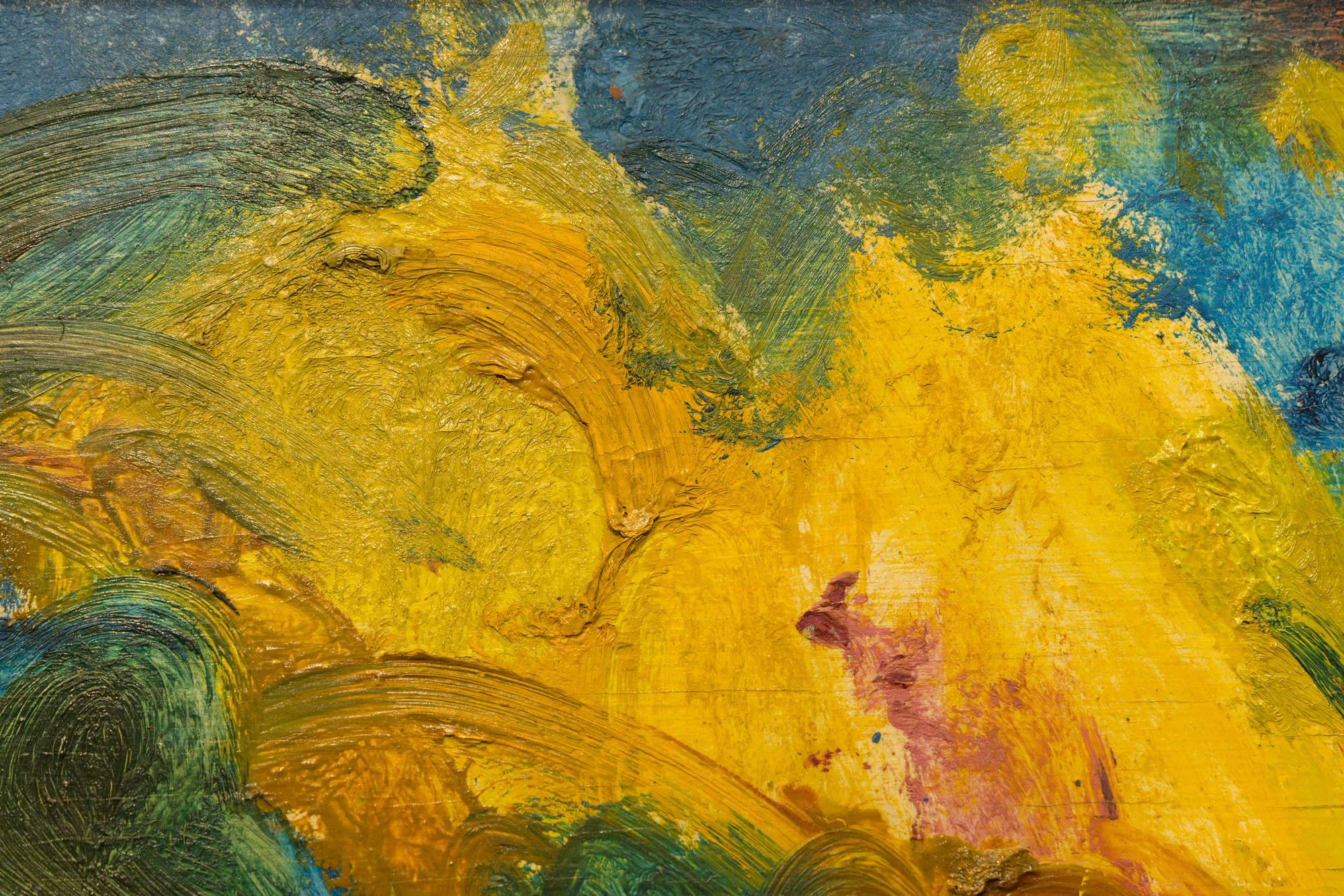
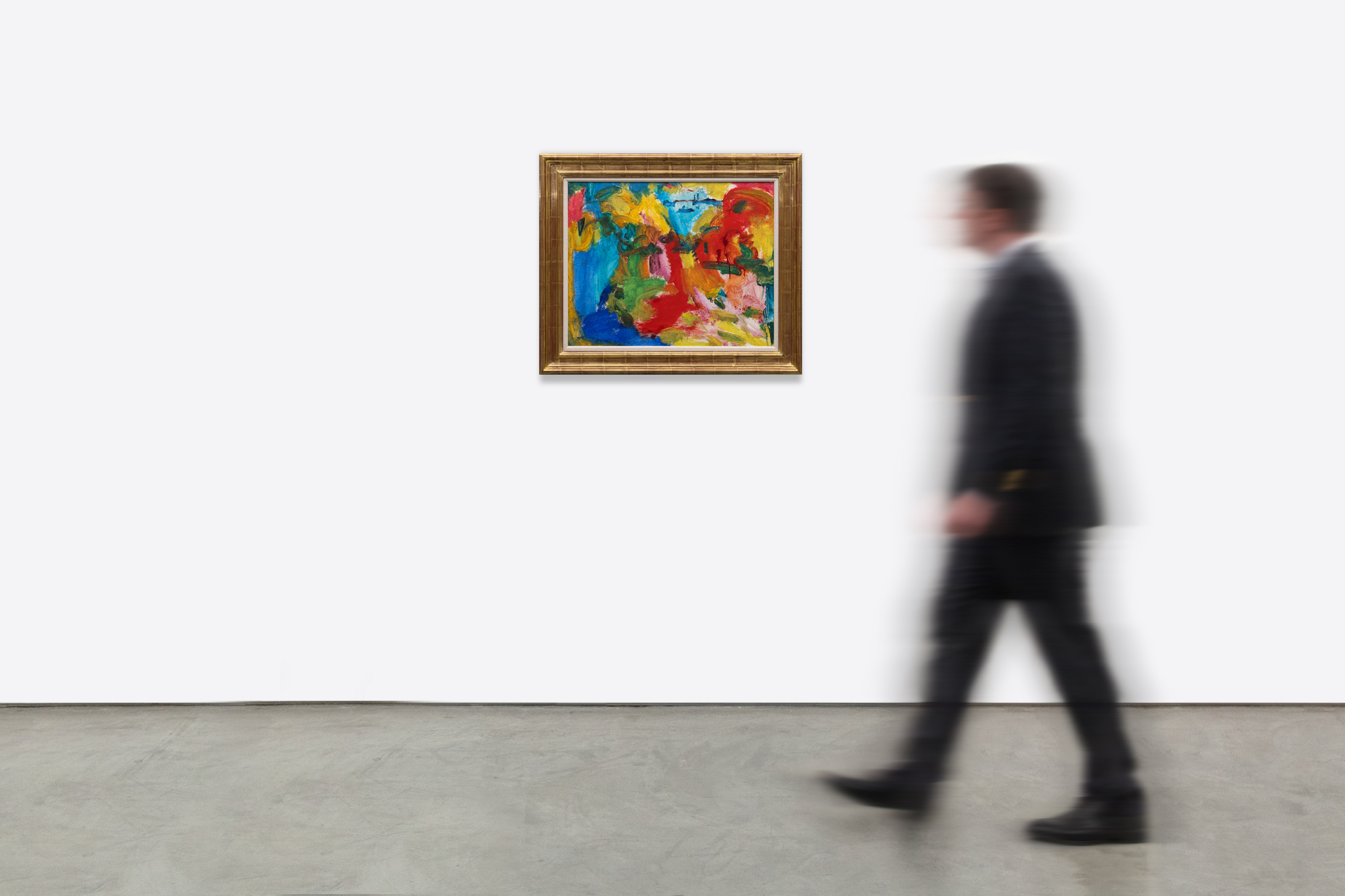
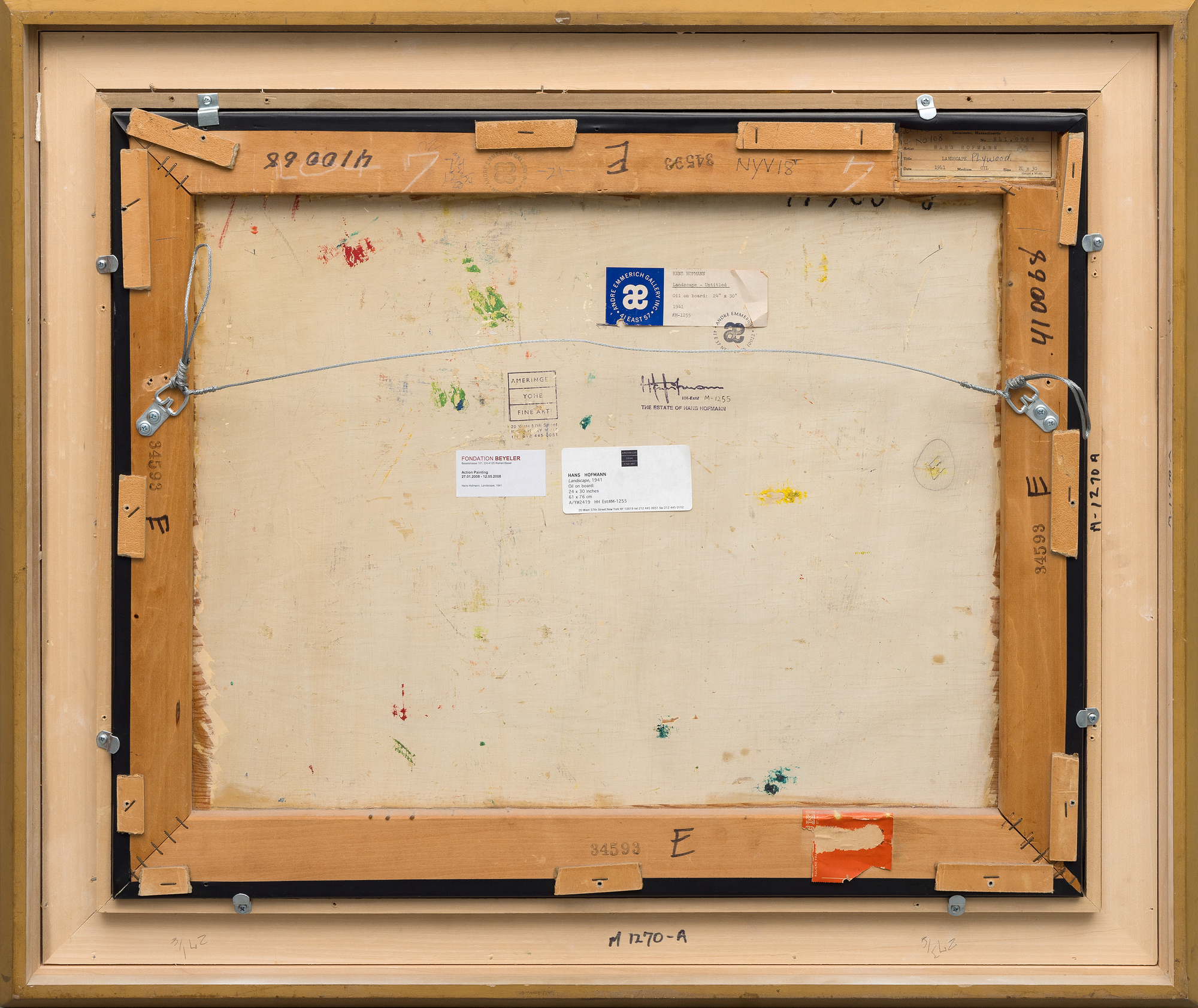
מקור ומקור
עיזבון האמןגלריה אנדרה אמריך, ניו יורק, 1971
אוסף Maryann Youngren, 1971-1980
כריסטי'ס, ניו יורק, 16 במאי 1980, חלקה 7
אוסף פרטי, 1980-1998
גלריה אנדרה אמריך, ניו יורק, 1998
Ameringer Fine Art, ניו יורק, 1998
אוסף פרטי, 1998-2008
Ameringer Yohe Fine Art, ניו יורק, 2008
אוסף פרטי, ניו ג'רזי
תערוכה
שוויץ, ריהן ובזל, Fondation Beyeler, Action Painting – ג'קסון פולוק ומחווה בציור, 27 בינואר – 12 במאי 2008... עוד...
ספרות
Fondation Beyeler, Action Painting, Ostfildern, 2008, no. 26, עמ'. 68 (אייר בצבע)Suzi Villiger, Hans Hofmann: Catalogue Raisonne of ציורים, כרך II, Surrey, 2014, HH cat. לֹא. 1253-1941, עמ'. 202 (אייר בצבע)
... פחות... מחיר 380,000


